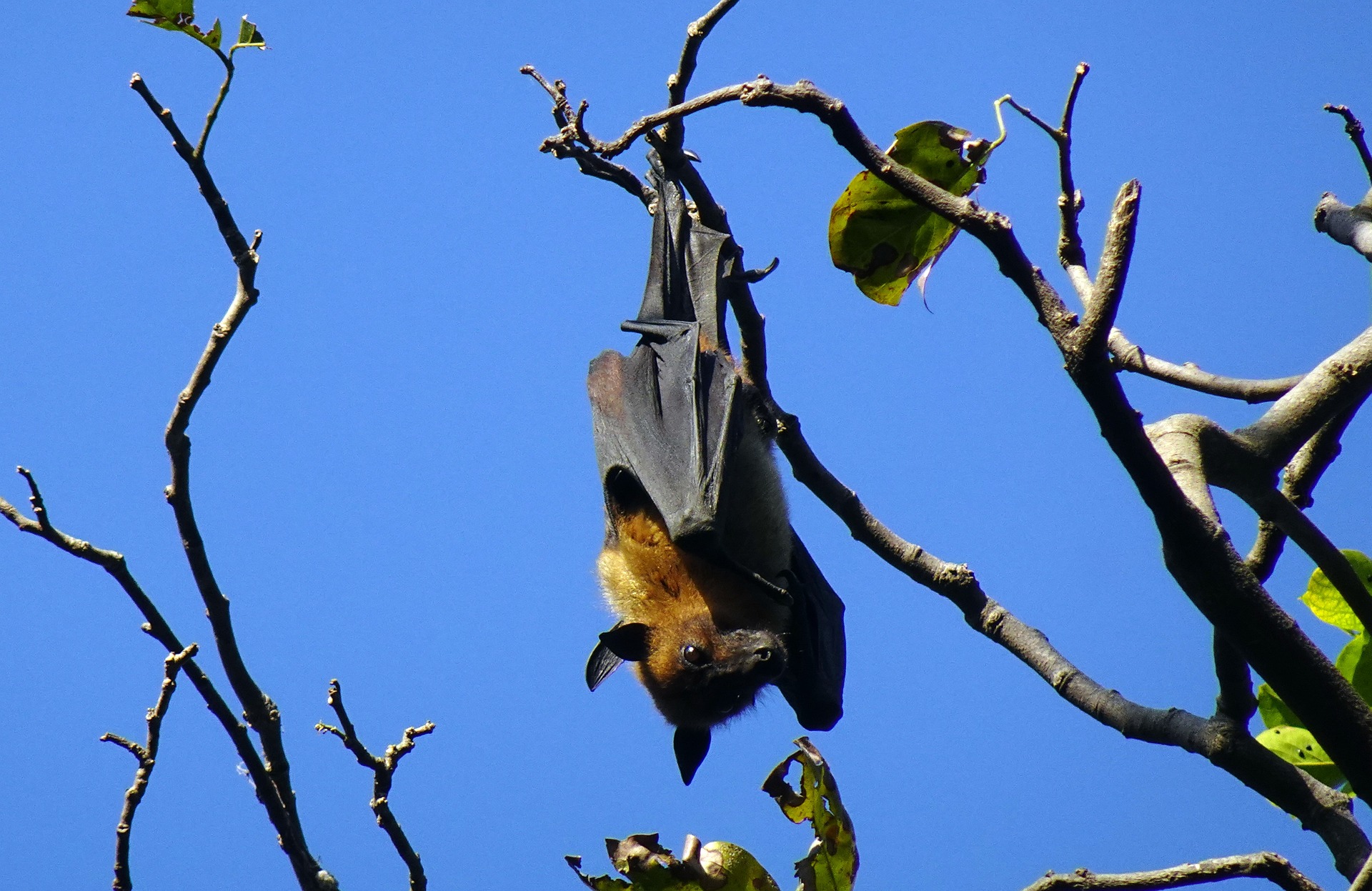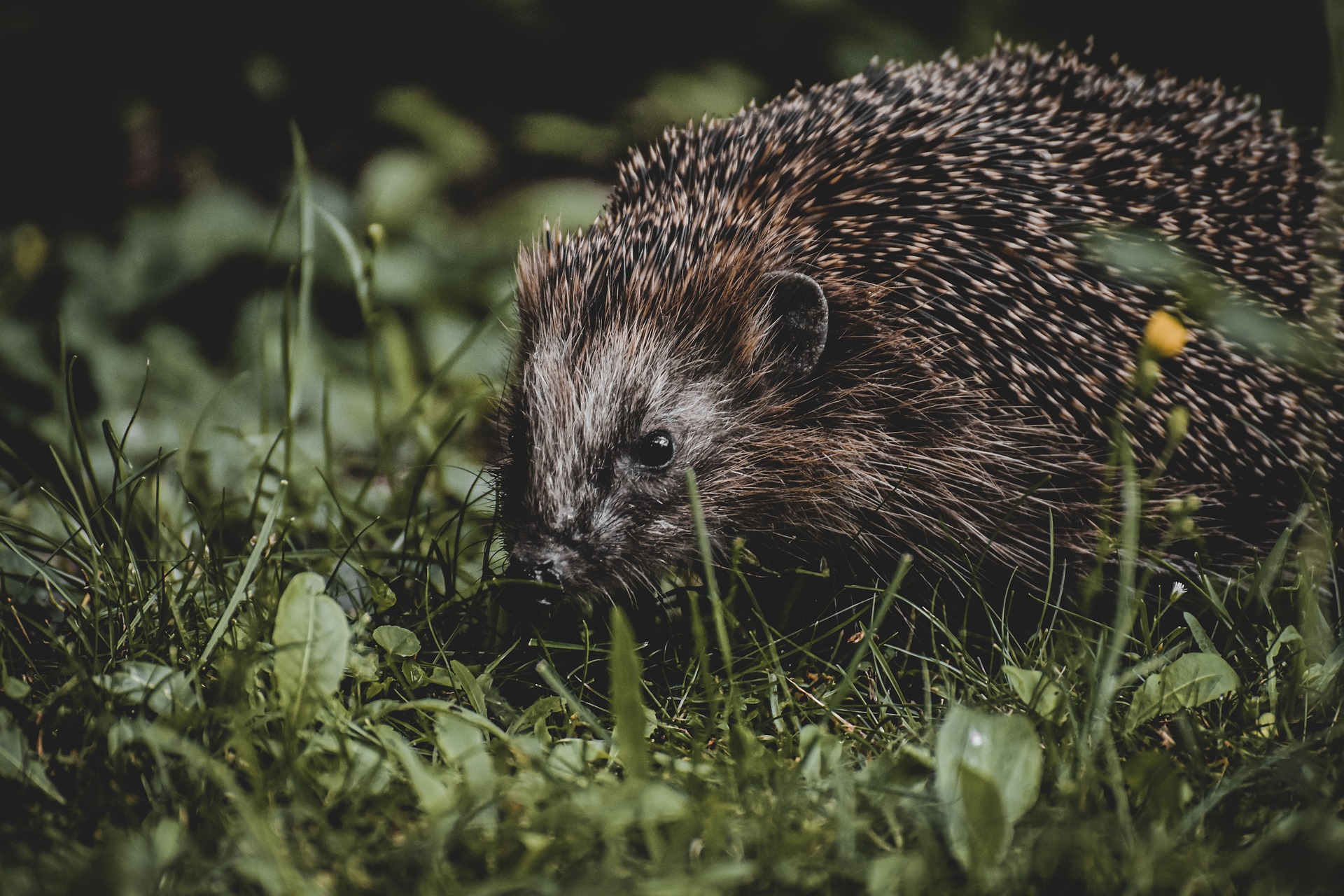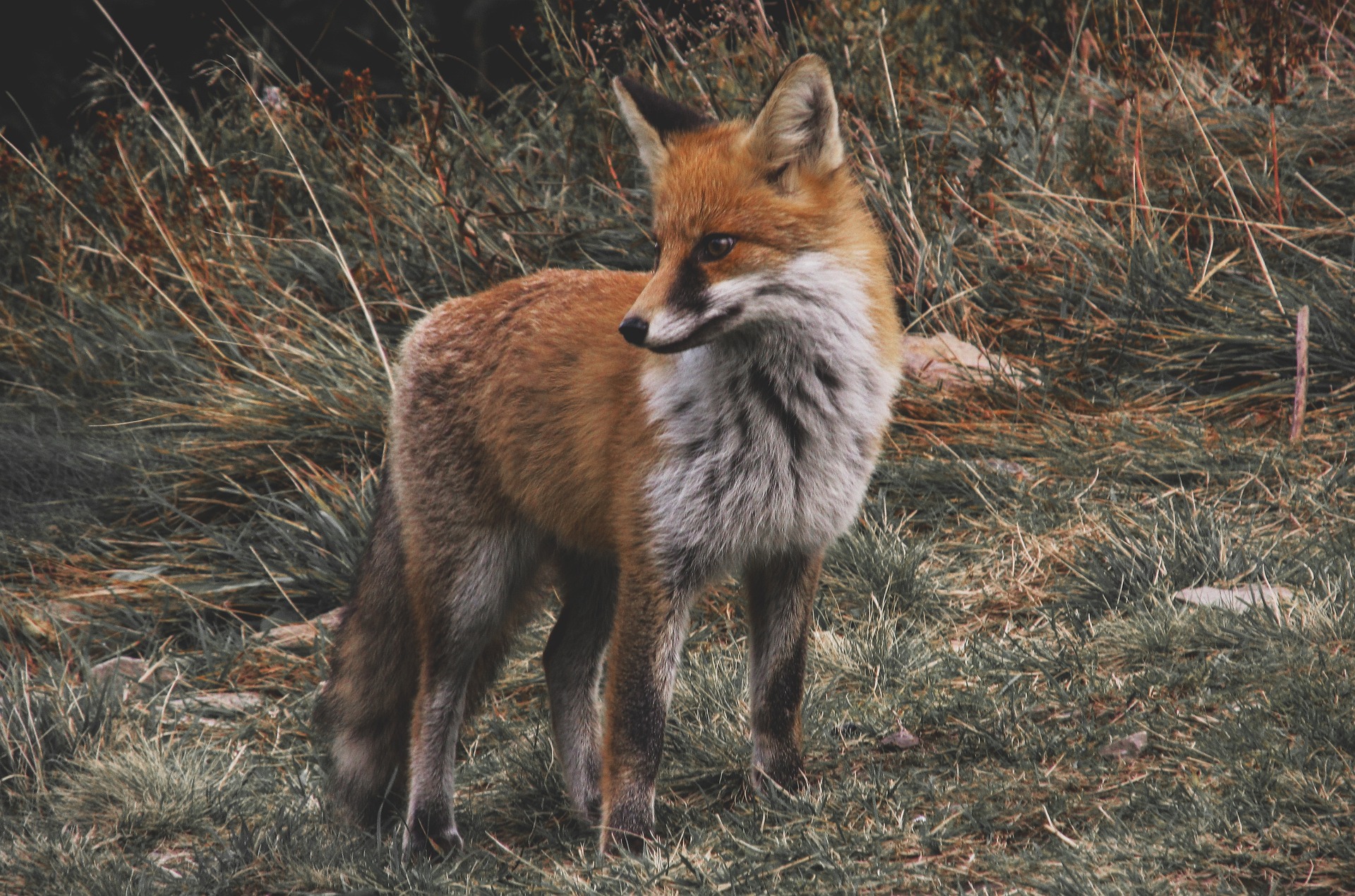Bright Side of the Night – 2.2.1
Mammals
Mammals – Friends of the Night
Mammals have adopted a nocturnal way of life in order to avoid and escape their diurnal predators. Temperate rodents and European badgers for instance have been observed to avoid open areas during full moonlight, and to restrict their activities and movements. They cover long distances during the darkest hours of the night. Wild lynx, in turn, take advantage of this buzz, remaining in the core zones of their foraging areas during and immediately after the new moon. It is assumed that prey is most abundant in these dark areas.
Hedgehogs
While brown-chested hedgehogs (Erinaceus europaeus) inhabit large parts of Western and Central Europe, Northern white-chested hedgehogs (Erinaceus roumanicus) are native to Central and Eastern Europe. Natural and toxin-free gardens, parks, or cemeteries are ideal habitats for the crepuscular and nocturnal hedgehogs. They slip to sleep in dense grass or under hedges, branches, and piles of leaves. They awake at dusk to search for prey, detecting worms or insects with their fine noses. Sometimes hedgehogs can be heard cracking snail shells or insect carapaces. Loud yelps, hisses, or screeches mean they are in mating or fighting mood. Just like bats, hedgehogs can hear sounds in the ultrasonic range, up to 60 kHz, compared to less than 20 kHz for humans. These mammals hibernate from around October to March.
Red Foxes
In their natural habitats foxes are diurnal animals. In the vicinity of humans, however, foxes prefer to be active in the dark. Since they have a very good sense of hearing and smell, they can see quite well in low light conditions. The red fox (Vulpes vulpes) is the only Central European representative of the foxes. Of all wild carnivores, red foxes have the largest geographical range, and they frequently inhabit big cities. Foxes live in family groups and have a complicated social life, the details of which are yet to be fully understood. In the wild, animals in a population are often no more than four years old. Once a year, foxes mate and give birth to their young in a burrow they have dug or in a dwelling under garden sheds, tree stumps or rock crevices. A pair of foxes may stay together for life.
Bats
Bats are the only mammals that can fly. Of the 40 bat species living in Europe, the most widespread one – the ultralight pipistrelle bat (Pipistrellus pipistrellus) – fits into a matchbox with its wings folded. In the dark, bats use echolocation to orientate themselves and to catch insects. They emit ultrasound and read the echo, a method that was discovered in 1930. While humans can hear sounds up to a frequency of 20 kHz—a limit that drops sharply with age—bats calls at 40 kHz or even higher. Bats’ echolocation distance ranges from one to five meters. In the early 1990s, the first mobile ultrasound locators took to the market. Bats hibernate in the cooler regions of their range, sometimes moving to warmer regions during the winter. In the spring, bats migrate to their summer roosts. The males usually look for day roosts, which serve as starting point for hunting. The females gather to form week roosts, where the young are born and raised.

Further Resources
Links below will redirect you to external websites. In accordance with the European data protection declarations, we would like to point out that by clicking on these links you may send data to external providers. We cannot prevent that.
Videos
![]() A nature documentary about the secrets and myths of bats
A nature documentary about the secrets and myths of bats
Online Resources
![]()
 Website of Helle Not on “Animals, Plants and Ecosystems in the night” (Helle Not)
Website of Helle Not on “Animals, Plants and Ecosystems in the night” (Helle Not)
![]()
 What happens at night just beyond our doorstep? Bothersome-Brightness-Cartoons (Helle Not)
What happens at night just beyond our doorstep? Bothersome-Brightness-Cartoons (Helle Not)
![]()
 Verlust der Nacht / Loss of the Night: Interdisciplinary Research network
Verlust der Nacht / Loss of the Night: Interdisciplinary Research network
![]() Online-Publication “Into the Night in the Kaunertal Valley”
Online-Publication “Into the Night in the Kaunertal Valley”
![]() Website on “Eurobats: Agreement on the conservation of population of European Bats”
Website on “Eurobats: Agreement on the conservation of population of European Bats”
 Online-Publikation “Unterwegs in die Nacht im Kaunertal”
Online-Publikation “Unterwegs in die Nacht im Kaunertal”
 Online-Publikation “Konzept zur nachtbezogenen Naturpädagogik“
Online-Publikation “Konzept zur nachtbezogenen Naturpädagogik“
 Broschüre “Aktiv für Fledermäuse”
Broschüre “Aktiv für Fledermäuse”
 Inquinamento luminoso: effetti sugli animali – Inquinamento Italia
Inquinamento luminoso: effetti sugli animali – Inquinamento Italia
 Erinaceus roumanicus – IUCN
Erinaceus roumanicus – IUCN
Further Readings
![]()
 Regularly updated Literature and links with regards to light pollution and dark skies (Helle Not)
Regularly updated Literature and links with regards to light pollution and dark skies (Helle Not)
![]()
 Literature & Links on the website “Verlust der Nacht/Loss of the Night”
Literature & Links on the website “Verlust der Nacht/Loss of the Night”
![]() Scientific paper on „The nocturnal activity patters in mammals” (2013)
Scientific paper on „The nocturnal activity patters in mammals” (2013)
![]() Scientific paper on „The prey to moon phases of predators“ (2013)
Scientific paper on „The prey to moon phases of predators“ (2013)
![]() Scientific paper on „General information on bats and their way hunting” (1991)
Scientific paper on „General information on bats and their way hunting” (1991)
![]() Book: „Ecological Consequences of Artificial Night Lighting“ (2013)
Book: „Ecological Consequences of Artificial Night Lighting“ (2013)
Teaching Material
![]() Bat ressources for education (Eurobats)
Bat ressources for education (Eurobats)
 Spiele und Basteltipps rund um Fledermäuse (NABU)
Spiele und Basteltipps rund um Fledermäuse (NABU)
 Unterrichtsmmaterialien – Fledermäuse (NABU)
Unterrichtsmmaterialien – Fledermäuse (NABU)
For Kids
![]()
 Materials for young scientists: Quiz, Arts and craft corner, App and Exhibition for schools. (Loss of the Night network)
Materials for young scientists: Quiz, Arts and craft corner, App and Exhibition for schools. (Loss of the Night network)
 Unterrichtsmaterialien für Schulen – “Tierprofi Wildtiere” (Die Umweltberatung)
Unterrichtsmaterialien für Schulen – “Tierprofi Wildtiere” (Die Umweltberatung)
 Unterrichtsmaterialien für Schulen – “Lichtverschmutzung” (Die Umweltberatung)
Unterrichtsmaterialien für Schulen – “Lichtverschmutzung” (Die Umweltberatung)
 Wissens- und Methodenbox „Kunstlicht, Nacht und Sternenhimmel“ (Naturfreunde)
Wissens- und Methodenbox „Kunstlicht, Nacht und Sternenhimmel“ (Naturfreunde)
 Unterrichtsmaterialien für Kinder – Fledermäuse (Fledermausschutz)
Unterrichtsmaterialien für Kinder – Fledermäuse (Fledermausschutz)
 Alla scoperta dei pipistrelli – Focus Junior
Alla scoperta dei pipistrelli – Focus Junior
 I pipistrelli spiegati ai bambini – Scienza cosmetica
I pipistrelli spiegati ai bambini – Scienza cosmetica


